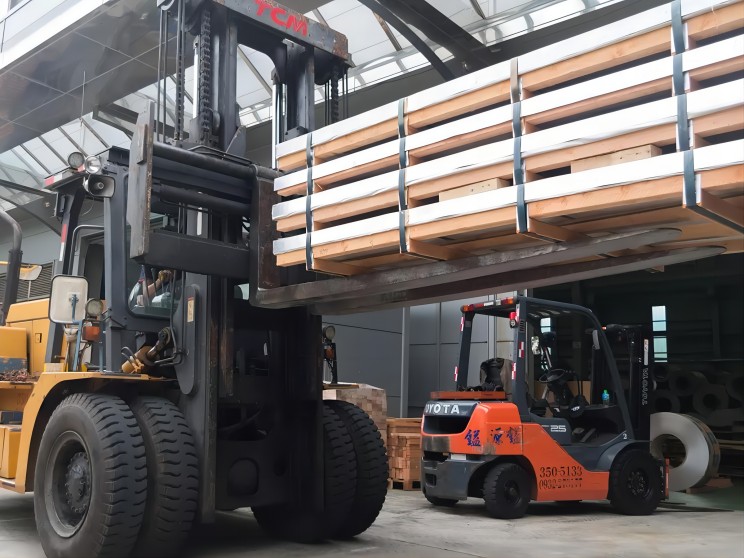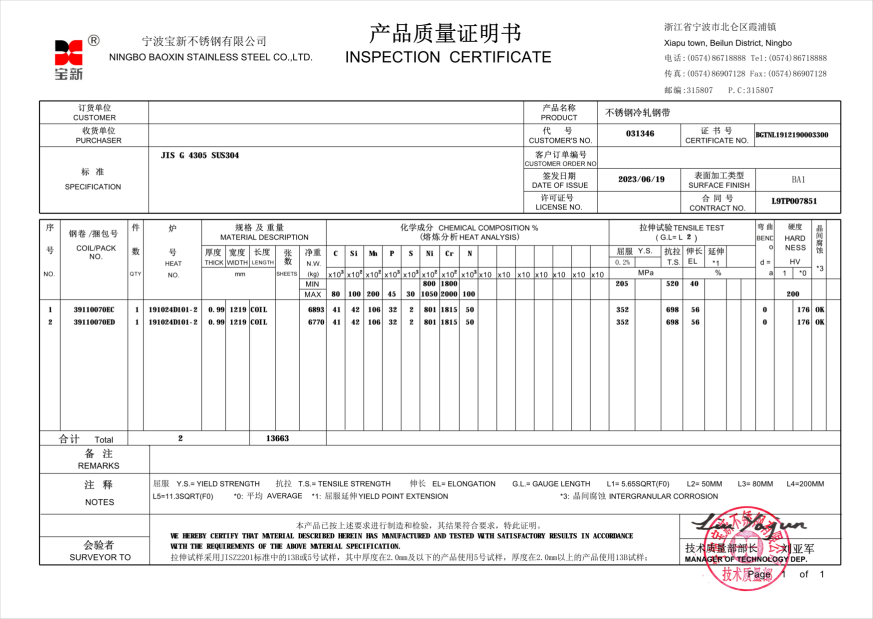The magnetic nature of stainless steel has always been a topic of intrigue. While some believe that stainless steel is inherently non-magnetic due to its composition, others argue that the presence of iron makes it magnetic. The reality, however, is a blend of both perspectives.
Delving into Stainless Steel and Its Magnetic Traits
Stainless steel, a widely-used metal alloy, consists of elements like iron, chromium, silicon, carbon, nitrogen, and manganese. Its notable features include resistance to corrosion and tarnishing. For a metal to be termed ‘stainless’, it should have a minimum of 10.5% chromium and a maximum of 1.2% carbon.

The magnetic nature of stainless steel is influenced by its chemical makeup and crystalline structure. While the ferrite and iron structures bestow magnetic characteristics upon stainless steel, a high concentration of austenite can negate these properties, rendering the alloy non-magnetic.
The Diverse Magnetic Range of Stainless Steel
Stainless steel is an umbrella term for a variety of alloys, each possessing distinct characteristics. These can be broadly categorized into:
1. Austenitic Stainless Steels
Alloys like 304 and 316 fall under this category and are typically non-magnetic due to the predominant austenite structure. However, specific treatments can induce magnetism in them.
2. Ferritic Stainless Steels
Alloys in the 400 series are magnetic, attributed to their significant ferrite content.
3. Duplex Stainless Steels
These steels are magnetic, thanks to the blend of austenitic and ferritic crystals.
4. Martensitic Stainless Steels
Grades such as 410, 420, and 440 are naturally magnetic.
5. Misconceptions About Stainless Steel and Magnetism
It’s a widespread myth that the magnetic behavior of a stainless steel piece can confirm its authenticity. Many assume that if a magnet adheres to stainless steel, it’s not genuine. However, as discussed, the magnetic nature of stainless steel is multifaceted and cannot be ascertained with a mere magnet test.
 Stainless Steel Types Chart
Stainless Steel Types Chart
Identifying Stainless Steel’s Composition
To precisely determine the composition of stainless steel, a comprehensive chemical analysis is essential. This can be achieved through:
Spectrometer: These devices measure light spectrum intensity to identify the elements in the material.

Stainless Steel Composition Testing by Spectrometer
Mill Test Certificate: These documents vouch for a material’s chemical and physical properties, ensuring they meet international standards.

304 DQ BA MTC
Professional Testing Agencies: These entities possess the required tools and knowledge to accurately identify stainless steel’s composition.
Magnetism’s Influence on Stainless Steel
Magnetism can affect stainless steel’s functionality, especially in processes like welding. Magnetic materials can disrupt the welding arc, resulting in subpar welds.
Conclusion
In essence, the magnetic attributes of stainless steel are intricate and hinge on the specific alloy and its components. A thorough understanding of these properties aids in making informed choices for diverse applications.
Post time: Aug-14-2023


